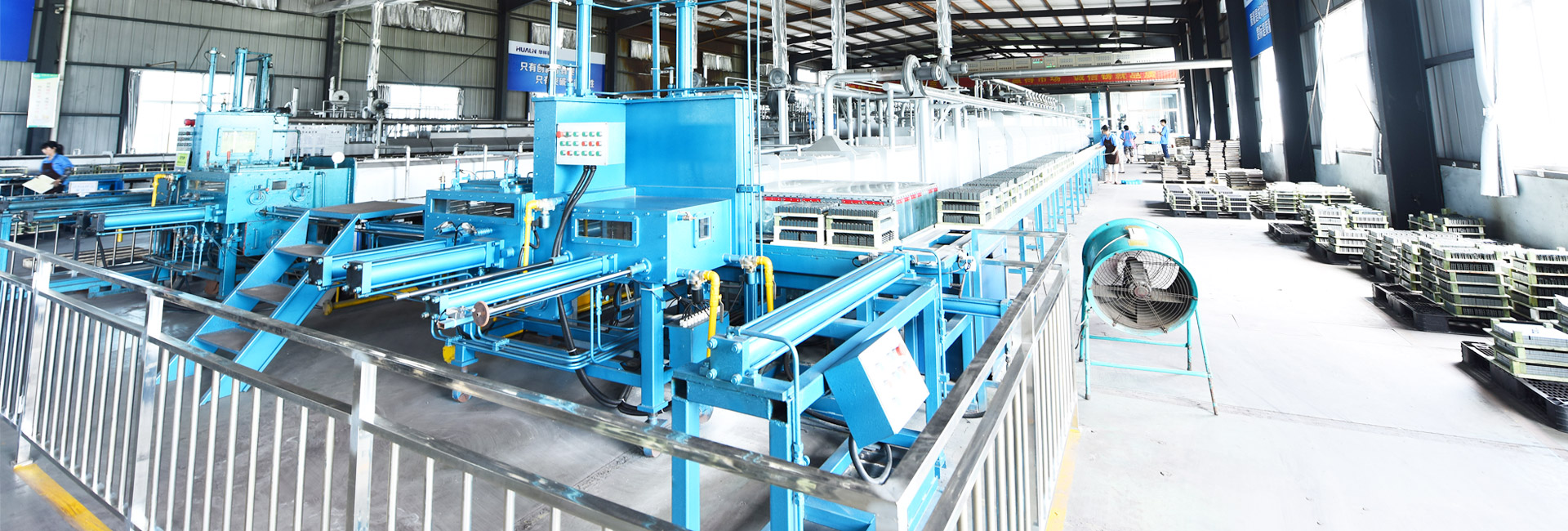Application and performance requirements of soft ferrite materials
For soft ferrite, it is generally desirable that the permeability μi and the resistivity ρ be high, and the coercivity Hc and loss Pc are low. Depending on the use, there are also different requirements for the Curie temperature, temperature stability, permeability reduction coefficient, and specific loss coefficient of the material.
(1) Mn-Zn ferrite materials are divided into two types: high permeability ferrite and high frequency low power consumption ferrite (also known as power ferrite). The main characteristic of manganese-zinc high permeability ferrite is that the permeability is extremely high.
Generally, materials with μi≥5000 are called high permeability materials, and μi≥12000 are generally required.
Manganese-zinc high-frequency low-power ferrite is also called power ferrite. For power ferrite materials, the performance requirements are: higher magnetic permeability (usually μi≥2000), high Curie temperature , High apparent density, high saturation magnetic flux density and ultra-low core loss under high frequency.
(2) Nickel-zinc ferrite materials, in the low frequency range below 1MHz, the performance of NiZn ferrite materials is not as good as that of MnZn, but above 1MHz, due to its porosity and high resistivity, it is greatly It is superior to MnZn series and becomes the best soft magnetic material in high frequency applications. Its resistivity ρ can reach 108Ω·m, high frequency loss is small, especially suitable for high frequency 1~300MHz; and the Curie temperature of NiZn materials is higher than that of MnZn, Bs is also as high as 0.5T, and Hc can be as small as 10A/ m, suitable for various inductors, mid-circle transformers, filter coils, and chokes. Nickel-zinc high-frequency ferrite materials have a wide bandwidth and low transmission loss, and are often used in high-frequency anti-electromagnetic interference and surface mount devices that integrate high-frequency power and anti-interference, as anti-electromagnetic interference (EMI) And radio frequency interference (RFI) cores. Nickel-zinc power ferrite can be made into a radio frequency broadband device, which can realize the energy transmission and impedance transformation of radio frequency signals in a wide frequency range. The lower limit of the frequency is several kilohertz, and the upper limit frequency can reach several gigahertz; nickel-zinc power iron The ferrite material used in the DC to DC converter can increase the frequency of the switching power supply, and further reduce the volume and weight of the electronic transformer.
Common magnetic rings-The magnetic rings on the general connection line are basically divided into two types, one is a nickel-zinc ferrite magnetic ring, and the other is a manganese-zinc ferrite magnetic ring, each of which plays a different role.
Manganese-zinc ferrite has the characteristics of high magnetic permeability and high magnetic flux density, and has low loss characteristics at frequencies below 1MHz.
Nickel-zinc ferrite has the characteristics of extremely high resistivity, low permeability of less than a few hundred, and low loss at frequencies higher than 1MHz. The permeability of manganese-zinc ferrite is in the thousands --- tens of thousands, while the permeability of nickel-zinc ferrite is in the hundreds ---thousands. The higher the permeability of ferrite, the greater the impedance at low frequencies and the smaller the impedance at high frequencies. Therefore, when suppressing high-frequency interference, nickel-zinc ferrite should be used; otherwise, manganese-zinc ferrite should be used. Or put manganese-zinc and nickel-zinc ferrite on the same cable at the same time, so that the interference frequency band that can be suppressed is wider. The greater the difference between the inner and outer diameters of the magnetic ring and the greater the longitudinal height, the greater the impedance, but the inner diameter of the magnetic ring must be tightly wrapped around the cable to avoid magnetic leakage. The installation position of the magnetic ring should be as close as possible to the source of interference, that is, close to the entrance and exit of the cable.
At present, the most widely used soft ferrite materials belong to the spinel-type manganese-zinc series and nickel-zinc series. From an application point of view, they can be divided into high permeability, high frequency and high power (also known as power iron Ferrites) and anti-electromagnetic interference (EMI) ferrites.



